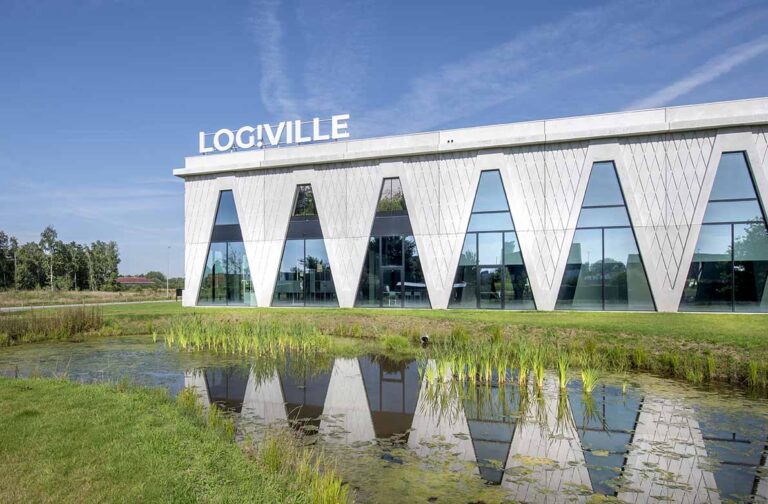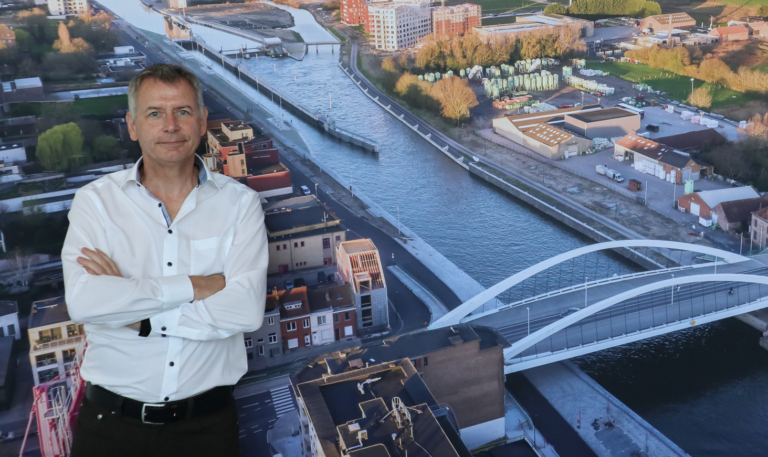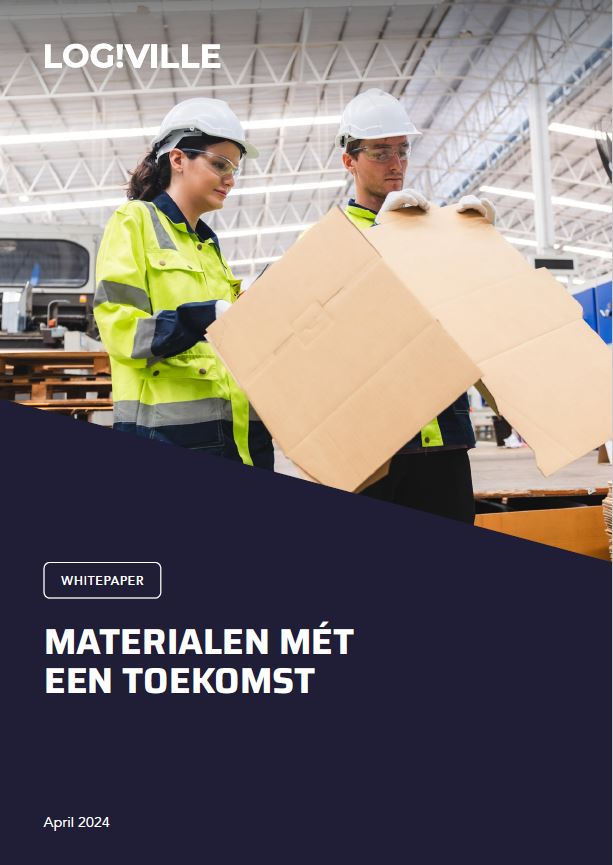Andrei Bartic (Flanders Make): “Intelligent vehicles must be able to ‘think’ faster”

“Increasingly more vehicles can already move autonomously today – with or without human guidance – but they still need to become more intelligent. Reaction speed is the biggest challenge here. In the future, many of these vehicles will not only be able to drive, fly or sail autonomously, but also operate on their own.” So says Andrei Bartic, who heads the ‘Motion Products’ cluster at the Flanders Make research centre.
“Vehicles are becoming more and more autonomous. In intralogistics, this trend is already very strong, in the sense that automatically guided vehicles (AGVs) are gradually being replaced by autonomous mobile robots (AMRs). AGVs are already quite well established in warehouses and have proven their effect. However, if an AGV encounters an obstacle on its path, such as a pallet on the ground, it stops and has to be helped by and operator. AMRs, on the other hand, are much more flexible and know how to deal with obstacles. They are more intelligent and can make their own decisions. They are however also very cautious – and therefore slow – because they work in an environment that includes people and forklifts. As a result, their possible tasks are more limited,” Andrei Bartic argues.
“So to take AMRs to the next level, they need to become even smarter. They not only have to learn how to deal with people and dangerous situations but also, and most importantly, how to react faster. Speed is actually a bigger challenge than intelligence. Compare it to an autopilot in an aircraft: when a dangerous situation arises, the pilot takes control in a flash and knows how to react based on his experience and training. So an autonomous vehicle must not only be smart, but also be able to ‘think’ quickly. Ddeveloping such algorithms is therefore a big challenge,” he adds.
Smarter but above all faster
Driving up the reaction speed is something Flanders Make is working vigorously on. “We are doing that with different companies in different sectors. Making vehicles smarter and faster is actually the same challenge for the different applications in which they are used. The issues are the same for all autonomous vehicles, whether it’s an AMR, a forklift, a (freight) drone, a truck, a train or a last-mile delivery robot,” Andrei Bartic notes.
“Incidentally, the need to make intelligence faster also applies to semi-autonomous applications, in which the vehicle is supported by a human. Take the semi-autonomous barges from Seafar, for example. If one can further automate certain tasks by making the systems smarter and faster, the operator can control more vessels at the same time,” he says.
Connected
Speed, incidentally, is an important aspect in connectivity. “Smart and autonomous vehicles such as drones and AMRs or semi-autonomous barges need to be able to connect to each other. In our research, we mainly use existing technologies to send and receive data, but again, speed plays a big role in transmission. Especially if these vehicles move in a complex environment,” it sounds.
Scale is a challenge
What most of these sectors also have in common is that they struggle to finance the necessary R&D investments. “In the automotive sector – or even the transport sector – the Mercedes and Tesla’s of this world have the resources to invest in it on a large scale. Sectors like AMRs, drones or inland navigation do not have the capital to fund research. They therefore need Flanders Make’s support more,” he notes.
Money can therefore be a constraint to moving quickly within a sector towards smarter and autonomous vehicles. “But minds can also slow down the process. Trains, for example, are slow to evolve towards more autonomy because rail transport is a fairly conservative sector. Tracks, however, are a very favourable environment for testing and realising more autonomy in complete safety. The metro has been proving this for years: in numerous countries, fully autonomous metro trains are running smoothly”, he adds.
Working autonomously too
“More and more vehicles in the future will not only be able to drive autonomously, but also to operate on their own. Think, for example, of autonomously operating forklifts, AMRs or even agricultural tractors. That is the next big step,” states Andrei Bartic. Flanders Make is therefore developing technology to point out different applications that could be useful for multiple sectors.
“AMRs can already move autonomously in the warehouse, but picking is still done by a human. In greenhouse farming, there are already driving robotic arms that pick strawberries. The algorithms which uses this technology can be extrapolated to order picking in a warehouse”, it sounds.
Legislation is a challenge
A general trend can thus be discerned across sectors, notably that vehicles are not only becoming more intelligent and autonomous, but also able to make faster decisions. Yet there are also limitations. Some are sector-specific, but the biggest challenge is legislation.
“The speed at which technology evolves goes hand in hand with the speed at which legislation is adapted. This creates a chicken-and-egg situation. The legislation wants everything to be as safe as possible. Technology can guarantee that, provided it can be tested enough. Ultimately, a legal framework is needed so that more autonomy can be developed and experimented with – especially in public spaces,” says Andrei Bartic.
“In Europe, autonomous vehicles have to be tested almost without exception in closed environments or circuits, while in the United States there are fewer restrictions. For example, there are several states where autonomous trucks are allowed to be tested on public roads. They have introduced legislation that allows testing of this technology in real-world conditions. This freedom actually makes me envious,” he concludes.
Want to learn more about smart vehicles and innovative solutions that are taking transport and logistics to the next level and even transforming it? Until 27 June, Log!Ville is organising Thematic Tours around ‘Smart Vehicles’. Book your tour here.



